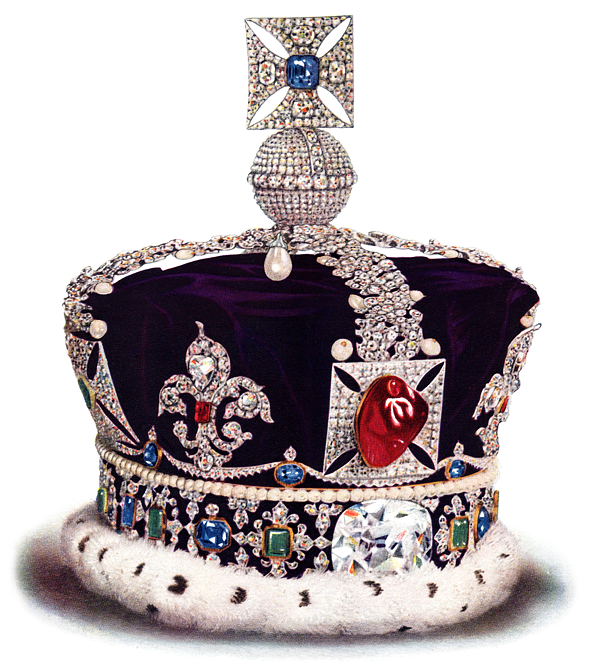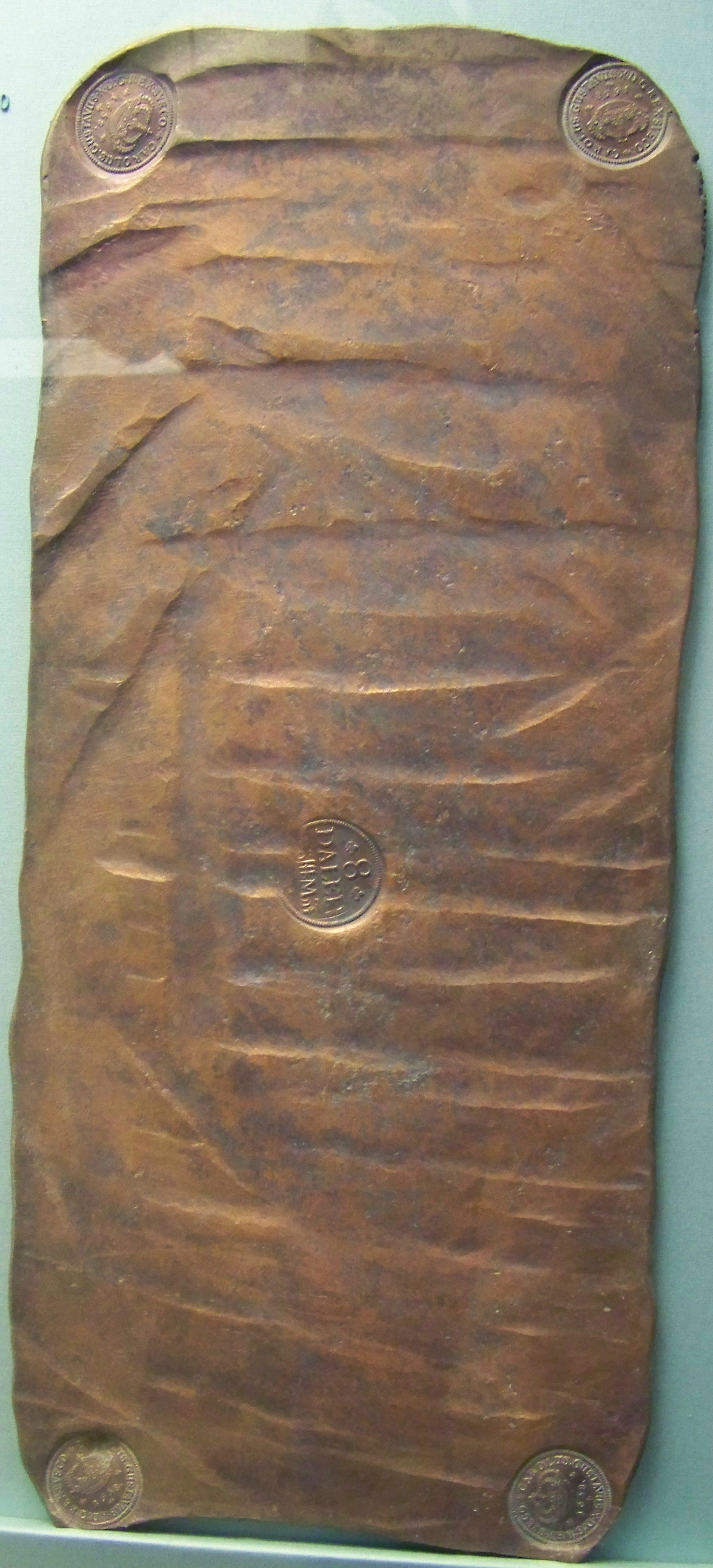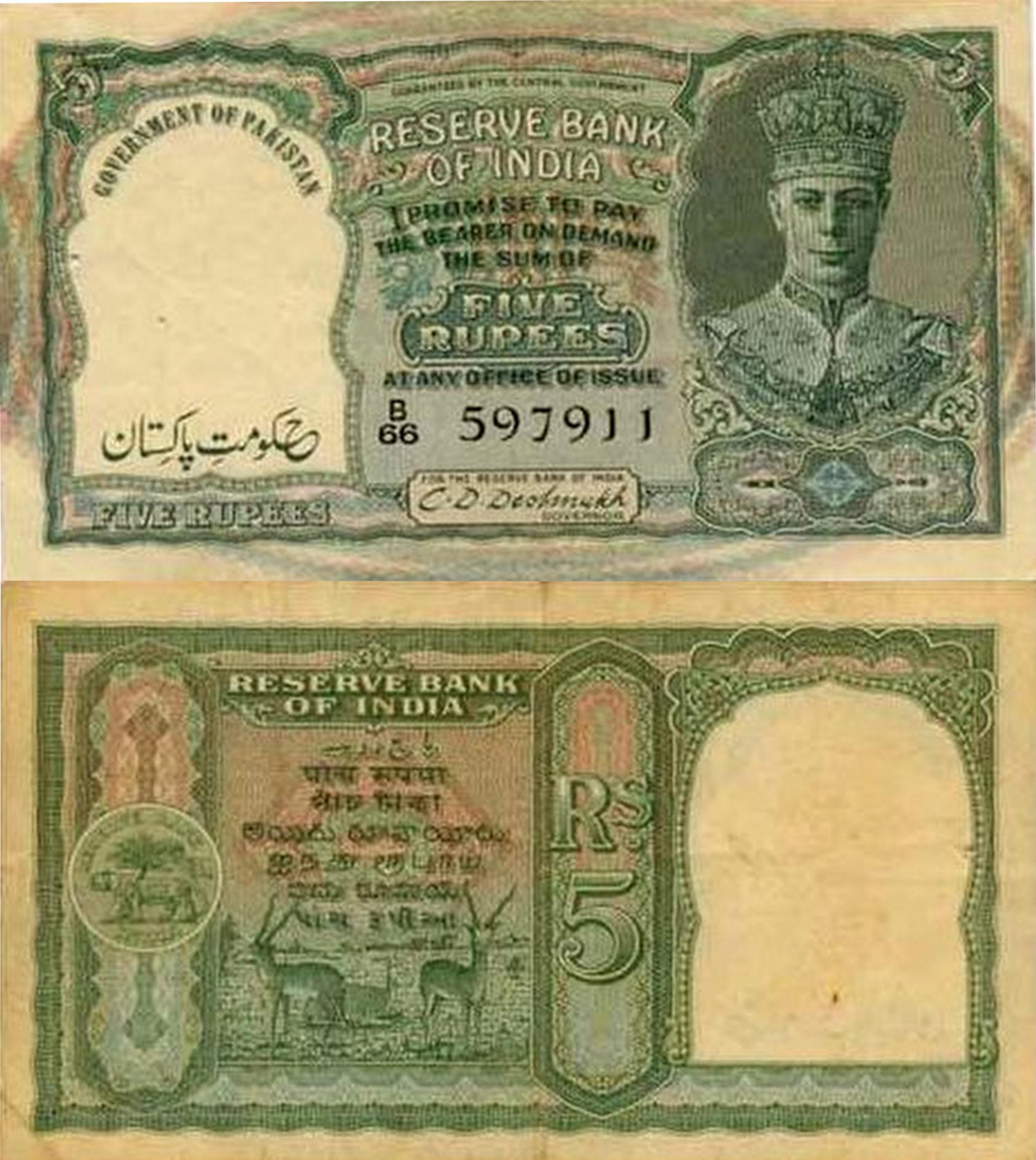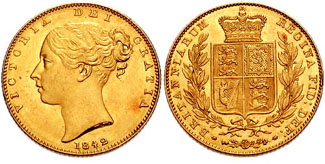|
Scandinavian Monetary Union
__NOTOC__ The Scandinavian Monetary Union was a monetary union formed by Denmark and Sweden on 5 May 1873, with Norway joining in 1875. It established a common currency unit, the krone/krona, based on the gold standard. It was one of the few tangible results of the Scandinavian political movement of the 19th century. The union ended during World War I. Overview The original Scandinavian currencies were based on the silver Reichsthaler, defined by the Hamburg Bank as 25.28 grams fine silver, which was equal to one Norwegian speciedaler or two Danish rigsdaler. Sweden's ''riksdaler specie'' was slightly heavier at 25.5 g and was equal to four Swedish riksdaler ''riksgalds''. The Scandinavian switch to the gold standard was triggered by Germany's adoption of the German gold mark in 1873 and of the consequent disturbance in the silver market. The monetary union established the gold krone (''krona'' in Swedish) replacing the legacy currencies at the rate of 1 krone = 1 Swedish rik ... [...More Info...] [...Related Items...] OR: [Wikipedia] [Google] [Baidu] |
Gold Standard
A gold standard is a Backed currency, monetary system in which the standard economics, economic unit of account is based on a fixed quantity of gold. The gold standard was the basis for the international monetary system from the 1870s to the early 1920s, and from the late 1920s to 1932 as well as from 1944 until 1971 when the United States unilaterally terminated convertibility of the US dollar to gold, effectively ending the Bretton Woods system. Many states nonetheless hold substantial gold reserves. Historically, the silver standard and bimetallism have been more common than the gold standard. The shift to an international monetary system based on a gold standard reflected accident, network externalities, and path dependence. Great Britain accidentally adopted a ''de facto'' gold standard in 1717 when Sir Isaac Newton, then-master of the Royal Mint, set the exchange rate of silver to gold too low, thus causing silver coins to go out of circulation. As Great Britain became t ... [...More Info...] [...Related Items...] OR: [Wikipedia] [Google] [Baidu] |
Danish Rigsdaler
The rigsdaler was the name of several currencies used in Denmark until 1875. The similarly named Reichsthaler, riksdaler and rijksdaalder were used in Germany and Austria-Hungary, Sweden and the Netherlands, respectively. These currencies were often anglicized as rix-dollar or rixdollar. History Several different currency systems have been used by Denmark from the 16th to 19th centuries. The ''krone'' (lit. "crown") first emerged in 1513 as a unit of account worth 8 marks. The more generally used currency system until 1813, however, was the Danish ''rigsdaler'' worth 1 ''krone'' (or ''schlecht daler''), 6 marks, or 96 '' skilling''. The Danish ''rigsdaler'' used in the 18th century was a common system shared with the silver reichsthalers of Norway, Hamburg and Schleswig-Holstein. The currency system consisted of the Reichsthaler specie (''Rigsdaler specie'') worth 120 ''skillings'' in Denmark and Norway, and the lower-valued ''Rigsdaler courant'' worth th of specie or ... [...More Info...] [...Related Items...] OR: [Wikipedia] [Google] [Baidu] |
North Germanic Languages
The North Germanic languages make up one of the three branches of the Germanic languages—a sub-family of the Indo-European languages—along with the West Germanic languages and the extinct East Germanic languages. The language group is also referred to as the Nordic languages, a direct translation of the most common term used among Danish, Faroese, Icelandic, Elfdalian, Norwegian, Gutnish, and Swedish scholars and people. The term ''North Germanic languages'' is used in comparative linguistics, whereas the term Scandinavian languages appears in studies of the modern standard languages and the dialect continuum of Scandinavia. Danish, Norwegian and Swedish are close enough to form a strong mutual intelligibility where cross-border communication in native languages is very common. Approximately 20 million people in the Nordic countries speak a Scandinavian language as their native language,Holmberg, Anders and Christer Platzack (2005). "The Scandinavian lang ... [...More Info...] [...Related Items...] OR: [Wikipedia] [Google] [Baidu] |
Crown (headgear)
A crown is a traditional form of head adornment, or hat, worn by monarchs as a symbol of their power and dignity. A crown is often, by extension, a symbol of the monarch's government or items endorsed by it. The word itself is used, particularly in Commonwealth countries, as an abstract name for the monarchy itself, as distinct from the individual who inhabits it (that is, ''The Crown''). A specific type of crown (or coronet for lower ranks of peerage) is employed in heraldry under strict rules. Indeed, some monarchies never had a physical crown, just a heraldic representation, as in the constitutional kingdom of Belgium, where no coronation ever took place; the royal installation is done by a solemn oath in parliament, wearing a military uniform: the King is not acknowledged as by divine right, but assumes the only hereditary public office in the service of the law; so he in turn will swear in all members of "his" federal government''. Variations * Costume headgear imitat ... [...More Info...] [...Related Items...] OR: [Wikipedia] [Google] [Baidu] |
Swedish Krona
The krona (; plural: ''kronor''; sign: kr; code: SEK) is the official currency of the Kingdom of Sweden. Both the ISO code "SEK" and currency sign "kr" are in common use; the former precedes or follows the value, the latter usually follows it but, especially in the past, it sometimes preceded the value. In English, the currency is sometimes referred to as the Swedish crown, as means " crown" in Swedish. The Swedish krona was the ninth-most traded currency in the world by value in April 2016. One krona is subdivided into 100 '' öre'' (singular; plural ''öre'' or ''ören'', where the former is always used after a cardinal number, hence "50 öre", but otherwise the latter is often preferred in contemporary speech). However, all öre coins were discontinued from 30 September 2010. Goods can still be priced in ''öre'', but all sums are rounded to the nearest krona when paying with cash. The word ''öre'' is ultimately derived from the Latin word for gold (''aurum''). History ... [...More Info...] [...Related Items...] OR: [Wikipedia] [Google] [Baidu] |
Riksdaler
The svenska riksdaler () was the name of a Swedish coin first minted in 1604. Between 1777 and 1873, it was the currency of Sweden. The daler, like the dollar,''National Geographic''. June 2002. p. 1. ''Ask Us''. was named after the German Thaler. The similarly named Reichsthaler, rijksdaalder, and rigsdaler were used in Germany and Austria-Hungary, the Netherlands, and Denmark-Norway, respectively. ''Riksdaler'' is still used as a colloquial term for Sweden's modern-day currency. History Penning accounting system The ''daler'' was introduced in 1534. It was initially intended for international use and was divided into 4 marks and then a mark is further subdivided into 8 öre and then an öre is further subdivided into 24 pennings. In 1604, the name was changed to ''riksdaler'' ("daler of the realm", c.f. Reichsthaler). In 1609, the riksdaler rose to a value of 6 mark when the other Swedish coins were debased but the riksdaler remained constant. From 1624, daler were issu ... [...More Info...] [...Related Items...] OR: [Wikipedia] [Google] [Baidu] |
Legal Tender
Legal tender is a form of money that courts of law are required to recognize as satisfactory payment for any monetary debt. Each jurisdiction determines what is legal tender, but essentially it is anything which when offered ("tendered") in payment of a debt extinguishes the debt. There is no obligation on the creditor to accept the tendered payment, but the act of tendering the payment in legal tender discharges the debt. Some jurisdictions allow contract law to overrule the status of legal tender, allowing (for example) merchants to specify that they will not accept cash payments. Coins and banknotes are usually defined as legal tender in many countries, but personal cheques, credit cards, and similar non-cash methods of payment are usually not. Some jurisdictions may include a specific foreign currency as legal tender, at times as its exclusive legal tender or concurrently with its domestic currency. Some jurisdictions may forbid or restrict payment made by other than legal ... [...More Info...] [...Related Items...] OR: [Wikipedia] [Google] [Baidu] |
Central Bank
A central bank, reserve bank, or monetary authority is an institution that manages the currency and monetary policy of a country or monetary union, and oversees their commercial banking system. In contrast to a commercial bank, a central bank possesses a monopoly on increasing the monetary base. Most central banks also have supervisory and regulatory powers to ensure the stability of member institutions, to prevent bank runs, and to discourage reckless or fraudulent behavior by member banks. Central banks in most developed nations are institutionally independent from political interference. Still, limited control by the executive and legislative bodies exists. Activities of central banks Functions of a central bank usually include: * Monetary policy: by setting the official interest rate and controlling the money supply; *Financial stability: acting as a government's banker and as the bankers' bank (" lender of last resort"); * Reserve management: managing a cou ... [...More Info...] [...Related Items...] OR: [Wikipedia] [Google] [Baidu] |
Gold Exchange Standard
A gold standard is a monetary system in which the standard economic unit of account is based on a fixed quantity of gold. The gold standard was the basis for the international monetary system from the 1870s to the early 1920s, and from the late 1920s to 1932 as well as from 1944 until 1971 when the United States unilaterally terminated convertibility of the US dollar to gold, effectively ending the Bretton Woods system. Many states nonetheless hold substantial gold reserves. Historically, the silver standard and bimetallism have been more common than the gold standard. The shift to an international monetary system based on a gold standard reflected accident, network externalities, and path dependence. Great Britain accidentally adopted a ''de facto'' gold standard in 1717 when Sir Isaac Newton, then-master of the Royal Mint, set the exchange rate of silver to gold too low, thus causing silver coins to go out of circulation. As Great Britain became the world's leading financi ... [...More Info...] [...Related Items...] OR: [Wikipedia] [Google] [Baidu] |
Latin Monetary Union
The Latin Monetary Union (LMU) was a 19th-century system that unified several European currencies into a single currency that could be used in all member states when most national currencies were still made out of gold and silver. It was established in 1865 and disbanded in 1927. Many countries minted coins according to the LMU standard even though they did not formally accede to the LMU treaty. History Preliminary context The LMU adopted the specifications of the French gold franc, which had been introduced by Napoleon I in 1803 and was struck in denominations of 5, 10, 20, 40, 50 and 100 francs, with the 20 franc coin ( of .900 fine gold struck on a planchet) being the most common. In the French system the gold franc was interchangeable with the silver franc based on an exchange ratio of 1:15.5, which was the approximate relative value of the two metals at the time of the law of 1803. Initial treaty By treaty dated 23 December 1865, France, Belgium, Italy, and Switzerland ... [...More Info...] [...Related Items...] OR: [Wikipedia] [Google] [Baidu] |
French Franc
The franc (, ; sign: F or Fr), also commonly distinguished as the (FF), was a currency of France. Between 1360 and 1641, it was the name of coins worth 1 livre tournois and it remained in common parlance as a term for this amount of money. It was reintroduced (in decimal form) in 1795. After two centuries of inflation, it was redenominated in 1960, with each (NF) being worth 100 old francs. The NF designation was continued for a few years before the currency returned to being simply the franc. Many French residents, though, continued to quote prices of especially expensive items in terms of the old franc (equivalent to the new centime), up to and even after the introduction of the euro (for coins and banknotes) in 2002. The French franc was a commonly held international reserve currency of reference in the 19th and 20th centuries. Between 1998 and 2002, the conversion of francs to euros was carried out at a rate of 6.55957 francs to 1 euro. History The French Franc ... [...More Info...] [...Related Items...] OR: [Wikipedia] [Google] [Baidu] |
British Pound
Sterling (abbreviation: stg; Other spelling styles, such as STG and Stg, are also seen. ISO code: GBP) is the currency of the United Kingdom and nine of its associated territories. The pound ( sign: £) is the main unit of sterling, and the word "pound" is also used to refer to the British currency generally, often qualified in international contexts as the British pound or the pound sterling. Sterling is the world's oldest currency that is still in use and that has been in continuous use since its inception. It is currently the fourth most-traded currency in the foreign exchange market, after the United States dollar, the euro, and the Japanese yen. Together with those three currencies and Renminbi, it forms the basket of currencies which calculate the value of IMF special drawing rights. As of mid-2021, sterling is also the fourth most-held reserve currency in global reserves. The Bank of England is the central bank for sterling, issuing its own banknotes, and reg ... [...More Info...] [...Related Items...] OR: [Wikipedia] [Google] [Baidu] |









